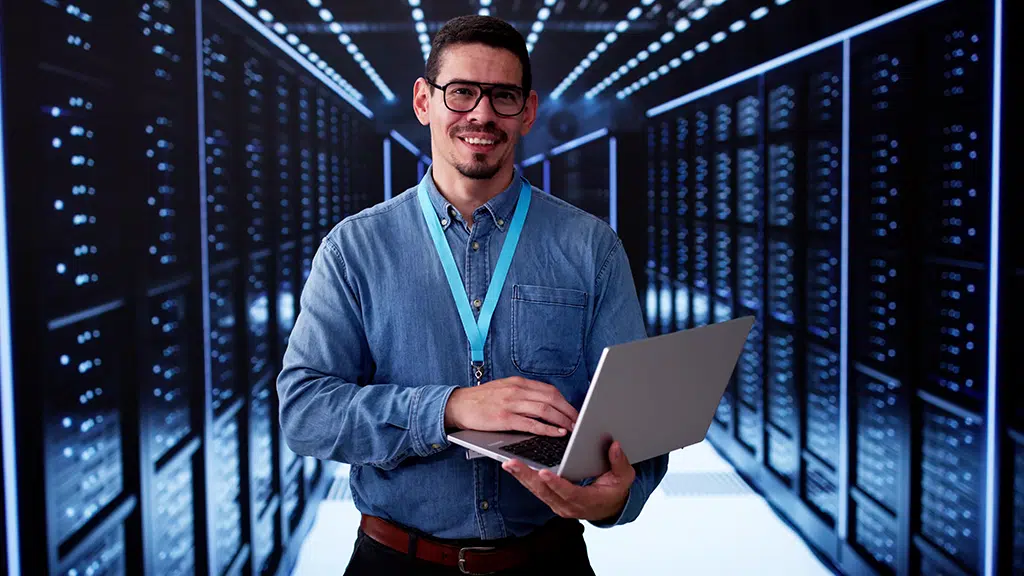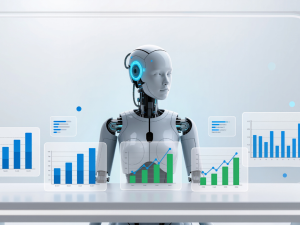When Your Future Meets an Algorithm
Imagine spending months perfecting your college application, polishing essays, refining résumés, and collecting recommendation letters. You hit submit, hoping that your words will resonate with an admissions officer. But before a human even sees it, the first “reader” of your application is an algorithm.
This is the reality at many universities today. Around the world, admissions offices are turning to artificial intelligence (AI) to manage the overwhelming number of applications. These systems can process data faster than humans ever could, identify trends, predict outcomes, and flag inconsistencies. In some cases, AI even helps shape which applications make it into the hands of human admissions officers.
But here’s the crucial question: can an algorithm really decide who gets in? And if not, how much influence should these systems have over a process that determines the direction of a student’s future?
The Rise of AI in Admissions
AI’s presence in college admissions is not an experiment waiting to happen, it’s already here. Universities are grappling with an explosion in application volume. In the U.S. alone, Common App data shows applications jumped nearly 30% between 2019 and 2023. For admissions officers, that means stacks of applications so tall that it’s impossible to give each one equal attention. AI offers a solution by handling the first layer of review.
Globally, the adoption of AI in admissions reflects broader trends in higher education. In the United States, AI tools are most commonly used to forecast enrollment likelihood and manage yield. In the United Kingdom, universities are exploring AI to evaluate personal statements more consistently, especially as those statements have recently been standardized. Australia and Canada, meanwhile, are focusing on AI as a tool for fraud detection in international applications.
What unites these regions is not the replacement of human admissions officers, but the reliance on AI as a filter and support system, an invisible presence that determines how files move through the pipeline.
How AI Is Changing the Admissions Process
AI’s role in admissions spans several stages of the process, reshaping how universities evaluate candidates. One of the most obvious uses is in streamlining applications. With tens of thousands of files to review, AI can scan for minimum GPA thresholds, standardized test scores, or even keywords in essays. This allows officers to devote more attention to promising applicants rather than spending hours sorting through basic requirements.
Another significant application is predictive analytics, often called yield forecasting. Universities don’t just want academically qualified students, they want students who will actually enroll once admitted. AI models analyze patterns of behavior, such as whether an applicant attended a virtual tour, opened school emails, or engaged with social media. These seemingly small signals can influence how likely a student is to be offered admission, as institutions seek to balance their class sizes and financial targets.
AI is also being trained to assess qualities that traditionally resist measurement. Certain models can analyze essays or recommendation letters for traits like creativity, resilience, or leadership. While still experimental, this represents a bold step toward quantifying the “intangibles” that admissions officers often discuss behind closed doors. And then there’s fraud detection, which has become increasingly critical in a global admissions market. From plagiarism in personal statements to forged documents, AI can detect red flags more effectively than humans working under time pressure.
In many ways, AI has become the admissions office’s digital assistant: fast, consistent, and tireless. But with this convenience comes new questions about fairness, accuracy, and human oversight.
The Limits of Algorithms
As powerful as AI may be, its limitations are impossible to ignore. One of the biggest concerns is the loss of context. Algorithms are designed to scan data, but they lack the ability to understand the personal stories behind that data. A GPA of 3.5 may look average on paper, but if earned by a student who worked two jobs to support their family, it tells a story of resilience and determination that an algorithm is unlikely to capture.
Bias is another major issue. AI systems learn from historical data, and if that data reflects inequality, the algorithm may unintentionally perpetuate it. For example, if an AI model weighs standardized test scores heavily, it risks disadvantaging students from under-resourced schools where test prep opportunities are limited. The danger isn’t that AI creates bias, it’s that it amplifies biases that already exist.
Finally, admissions is about people, not just numbers. A heartfelt essay, an unconventional passion, or an inspiring life story can move a human reader in ways no algorithm can. Reducing applicants to data points strips away the humanity of the process. That’s why human oversight remains non-negotiable. AI may help manage workloads, but it cannot replace empathy, judgment, or fairness.
The Student Perspective: Hope and Hesitation
For students, the growing role of AI in admissions sparks a mix of relief and anxiety. Some see it as a positive development, believing that algorithms might make the process more objective and less vulnerable to human favoritism. If AI helps their applications get noticed sooner, that feels like an advantage.
Others are deeply skeptical. The idea that a computer program might decide whether their story deserves attention feels dehumanizing. Students worry that AI won’t understand their individuality or appreciate what makes them different. These conflicting emotions reflect a broader cultural debate: do we trust technology to make high-stakes decisions, or should certain processes remain firmly in human hands?
The Fairness Debate
The central ethical dilemma is whether AI makes admissions fairer or less so. Supporters argue that algorithms reduce the risk of bias from individual admissions officers, who may bring unconscious prejudices into the process. AI applies rules consistently, ensuring that every applicant is measured against the same criteria.
But the counterargument is just as strong. If the data fed into the algorithm is biased, the outcomes will be too. For instance, standardized tests often correlate closely with wealth, meaning students from affluent backgrounds may be systematically favored. Without transparency into how AI systems are designed and trained, applicants may never know if they were evaluated fairly.
The most promising approach seems to be balance: letting AI handle efficiency while humans bring empathy and context into the final decision-making.
Global Approaches to AI in Admissions
Different countries are experimenting with AI in admissions in their own ways, and the results highlight both the promise and the pitfalls of this technology. In the United States, universities such as MIT and Stanford emphasize that final decisions are always human-led, even though AI tools are used to forecast yield and detect fraud. In the United Kingdom, UCAS has tested AI to analyze personal statements, with the goal of creating more consistency across thousands of applications.
In Australia, universities are particularly focused on using AI to verify the authenticity of international applications, given the country’s reliance on global student enrollment. Canadian institutions, on the other hand, are experimenting with hybrid systems that combine AI-driven screening with traditional committee reviews.
Despite the differences, one point remains consistent worldwide: no major university is ready to hand over final admissions authority entirely to an algorithm.
What Students Can Do in the Age of AI
For applicants, understanding how AI plays into admissions can help them prepare more strategically. Essays, recommendation letters, and portfolios are becoming even more valuable, since these are the areas where human readers still hold the most influence. Demonstrating authenticity through stories of growth, resilience, or creativity can make an application stand out in ways algorithms can’t measure.
Engagement also matters. Universities are increasingly tracking interactions like email opens, event attendance, and direct communication with admissions staff. These signals feed into predictive models and can influence how applications are prioritized. Showing genuine interest in a school is no longer just good etiquette; it may also affect how AI interprets your likelihood of enrolling.
Finally, applicants should resist the temptation to outsource their voices to AI tools. With universities adopting AI-detection software, essays that don’t sound authentic can hurt an application. The safest and most effective strategy remains staying true to your own experiences and voice.
A Hybrid Future for Admissions
Looking ahead, the future of admissions will almost certainly be hybrid. AI will continue to handle the heavy lifting: sorting, scanning, and flagging applications at scale. But humans will remain at the center, interpreting personal context and making final calls. The most forward-thinking universities are already developing systems that include regular audits to ensure algorithms aren’t amplifying bias.
This model doesn’t eliminate admissions officers; instead, it redefines their roles. By offloading repetitive tasks to AI, officers can devote more time to what really matters: reading essays, considering unique experiences, and evaluating applicants as whole people.
Conclusion: Who Really Decides?
So, can algorithms decide who gets into college? The answer is no, not entirely. AI is powerful, but it functions more like a filter than a decision-maker. It organizes the flood of applications and highlights certain patterns, but the ultimate decisions still come down to human judgment.
For students, the message is clear: AI might scan your file, but it cannot replace your story. Authenticity, individuality, and human connection remain the deciding factors in admissions. The process may be evolving with technology, but at its core, admissions is still about people, not just data points.






